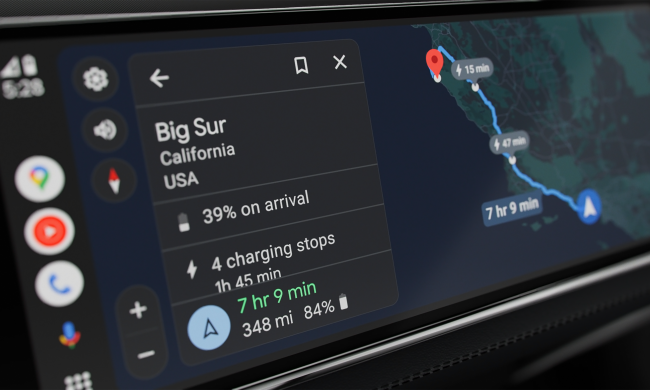Norway hit a major milestone in the world of electric cars. The country is the first to have more EVs on the road than gas cars. And didn’t just see more sales of EVs — more people are driving EVs than internal combustion engine (ICE) vehicles.
According to a new report from the Norwegian road federation, as reported first by AFP, of the 2.8 million private cars registered the country, 754,303 are all-electric vehicles, compared to 753,905 that are gas-powered cars. Of course, you might notice a discrepancy in those numbers. In the mid-2000s, Norway instituted a big push for diesel fuel complete with tax incentives, and diesel cars remain the most common vehicle type in the country, accounting for over a third of vehicle registrations. But officials in Norway think that EVs will outnumber even diesel cars by 2026 — which isn’t surprising given the fact that the report highlights that in August, EVs accounted for a whopping 94.3% of new car registrations in the country.
So why so many electric vehicles? Should we be looking to Norway as a guiding force for our own move to electrification?
It’s all about the policies
Norway was very quick to adopt policies around the move to electrified vehicles. In fact, many of its incentives date way back to the 1990s — even before the country’s push for diesel. In the ’90s, the Norwegian government offered EV owners free parking, use of bus lanes, and more. But perhaps more important than those perks are the perks that impact car buyers’ wallets. The government not only waived tolls for zero-emissions vehicles, but it even stopped taxing purchases of them. To this day, electric cars and trucks are exempt from sales and emissions taxes.

Of course, at the time these policies had minimal impact — because in the ’90s, there weren’t many EVs out there, and even through the early 2000s, EVs came with massive trade-offs. But, as Tesla made EVs cool and spurred a whole new generation of competition, they because a whole lot more tenable for the average buyer.
The U.S. government, of course, has enacted policies of its own. Qualified buyers in the U.S. can get a tax incentive of up to $7,500, which has had a massive impact on EV adoption. Some states have enacted their own policies too — largely in the form of additional tax rebates. Contrary to that, some states have, of course, enacted additional taxes on EV owners, largely to make up for the lost income from gas taxes.
However, much of the impact of the policies in the U.S. is only just now starting to be felt. Given Norway’s massive head start, it makes sense that there would be greater awareness of tax benefits, and a higher rate of adoption.
What about the grid?
Much of the so-called concern about the electrical grid in the U.S. as it relates to EVs has been overblown, as experts mostly agree that while the grid needs some work, and it could stand to be smarter, it should be able to handle rising EV adoption rates perfectly fine. But that wouldn’t necessarily be the case if everyone suddenly switched to an EV tomorrow.

Norway is a leader in energy generation, too, though. Most of Norway’s electricity is actually generated by hydroelectric power plants, and Norway has largely led the charge when it comes to hydroelectric technology. Second to hydro is wind power, followed by solar power, and finally, coal power. Yeah, Norway is pretty green.
The U.S. obviously faces different challenges when it comes to power generation. The U.S. has a much larger population and currently relies on totally different forms of electricity generation — with natural gas being the largest source of energy. That’s likely to change over time, but with renewable energy only accounting for 21.4% of the electricity generation in the U.S., and natural gas accounting for 43.1%, it probably won’t change any time soon. Nuclear energy in particular is promising — but faces challenges around public perception, despite the fact that the technology has become far safer in the past decade or so.
Paving the way
To be clear, it doesn’t appear as though the U.S. isn’t following Norway’s lead. On the contrary, electric vehicle sales are rising in the U.S., and that’s likely to continue as we get cheaper models and better charging infrastructure. Hopefully, however, things like government incentives keep up, helping first-time EV buyers with the difference in cost between electric vehicles and gas-powered vehicles.




